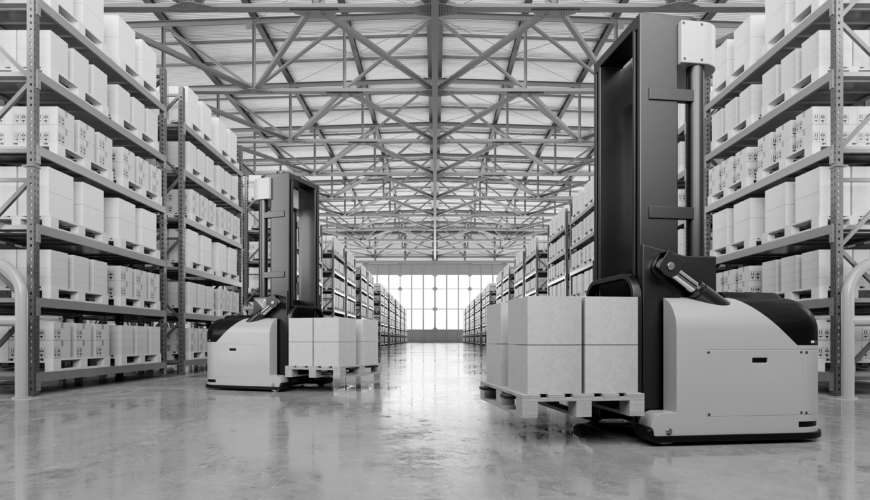The use of automated unloading systems (UAS) is on the rise. These systems are essentially robots that can unload or load a truck and they are changing how warehouses operate. At the heart of the supply chain is the process of bringing packages and parcels into and out of the warehouse, and supply chain demand remains at near all-time highs. In an era where warehouses struggle to find employees—average turnover rate is near 43 percent—the shortage can slow down the entire supply chain. One of the toughest jobs to staff is the loading dock. It’s physically demanding, repetitive, dirty, and comes with a high level of risk, as well. Falls from the dock, collisions between people and forklifts, and trucks pulling in or out of the bay without warning all pose potential concerns for employees. The good news is that a new solution is beginning to emerge in the form of robots.
A handful of robotics companies have recently launched robots designed to handle the demanding job of truck unloading, which could end up being a game changer for supply chain management. If you attended ProMat this year, you likely saw demonstrations of these new systems in action. A typical design of these new generation robots is a combination of a mobile base, suction grips, and a robotic arm. An example of one in action: they can unload cartons as they arrive at the dock, pulling the packages from the trailer and placing them on a conveyor for delivery into the building. The robots are directed from a host of tools, including cameras, sensors, controls and even AI. Most are battery operated and can last a full shift. One of the nice features is flexibility and reach—the robotic arm adjusts as needed to access boxes all the way in the back of the truck and managing a wide variety of sizes and shapes. If a box falls, the robot can pick it up. Reported efficiency gains are in the range of 40 percent, as robots can achieve the full unloading task faster than can humans.
Advances in Automated Unloading Systems
One manufacturer’s version of an automated unloading system can lift boxes up to 100 pounds, grabbing hold of them from the top. The company claims its robot can do the work of two employees. The system works independently of WMS or ERP, which makes them quick and easy to install. Using their own control software, these automated unloading systems can work without the need for human supervision. Often, these systems integrate seamlessly with other technology and equipment in the warehouse, as well. And at the top of the line, some of these systems can work in tandem with other robots—a palletizing robot, for instance—delivering a doubly automated punch that increases efficiency and takes humans out the equation. To date, 3PLs, private warehousing, and even small-parcel shippers are among the customers trying out the automated unloading systems. Future applications may include cross-docking operations, deconsolidation centers, and more. As the idea catches on across the industry, logistics operations will hopefully find a solution to help with one portion of the labor shortage.


